Description
The percentage of 1,6-anhydro species is a unique characteristics of enoxaparin sodium, one of low-molecular-weight heparins (LWMHs) that have been widely used as anticoagulants.
To determine the percentage of 1,6-anhydro species, enoxaparin sodium samples are first degraded via a combination of heparinases I, II and III, followed by reduction via sodium borohydride. The degraded and reduced sample solutions are injected into a HPLC system for analysis.
Successful analysis of this unique characteristics in enoxaparin sodium heavily depends on the choice of right HPLC columns and heparinases. Based on Asnail’s expertise in heparin analysis, we recommend Asnail’s heparinases and the Ultisil XB-SAX column.
Asnail selected the Ultisil XB-SAX analytical column for testing the levels of 1,6-anhydro species in enoxaparin sodium, for which the column has proved to provide better performance than previously available columns.
Better peak resolutions
With Ultisil XB-SAX analytical column, baseline separation can be obtained all peaks of 1,6-anhydro species resulted from degrading enoxaparin via heparinases.
Superior reproducibility
With rigid packaging, Ultisil XB-SAX analytical column enables more injections for enoxaparin sodium, thus reducing your cost.
Properties:
| Separation mechanism | Strong anion exchange (SAX) |
Packaging type | USP L14 |
|---|---|---|---|
| I.D. | 3 mm | Length | 250 mm |
| Matrix | Monodisperse silica particles | pH range | 2 – 7 |
| Pore size | 120 Å | Particle size | 5 μm |
Applications:
Determination of the level of 1,6-anhydro derivative in enoxaparin sodium.
Compendial methods:
USP <207> Test for 1,6-Anhydro Derivative for Enoxaparin Sodium
Order information:
| Cat. # | Description | Qty. |
|---|---|---|
| AS02-0001 | Ultisil XB-SAX Analytical Column, 120 Å, 5 μm, 3×250 mm | Each |

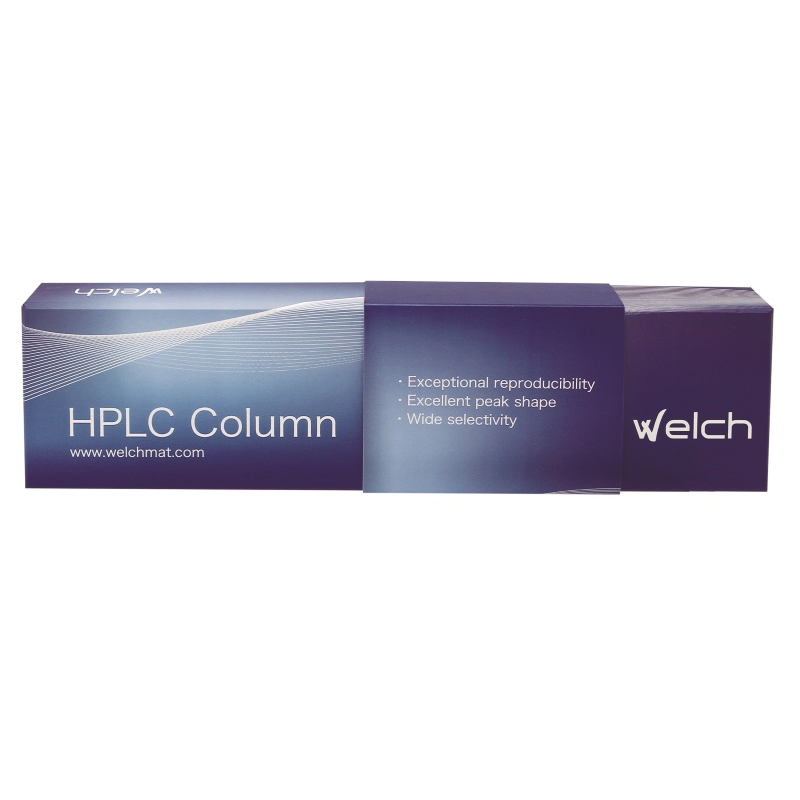
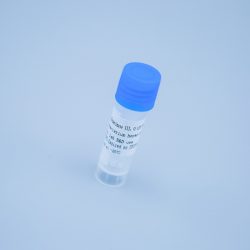
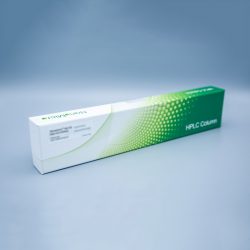
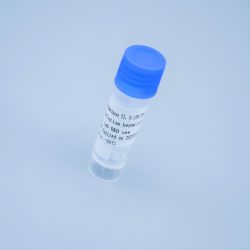
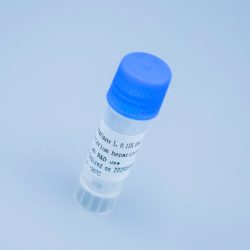


Reviews
There are no reviews yet.